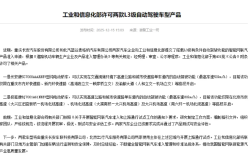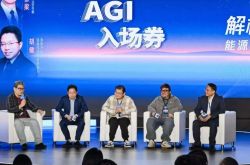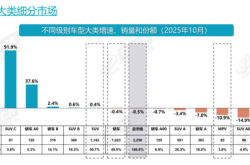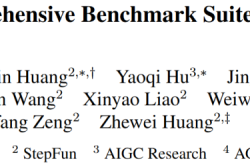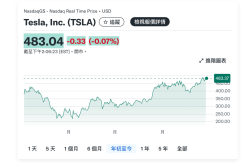Edge AI: Three Overlooked Issues Investors Should Truly Care About
![]() 09/01 2025
09/01 2025
![]() 583
583
When Google showcased the "real-time AI cutout" feature on the Pixel 10, and Apple announced plans for a "redefined AI phone" at its fall 2025 event, a perfect narrative unfolded: supply chain rumors flew, and Wall Street overnight raised shipment forecasts. The stage was set for an epic "super upgrade cycle" of consumer electronics driven by edge AI.
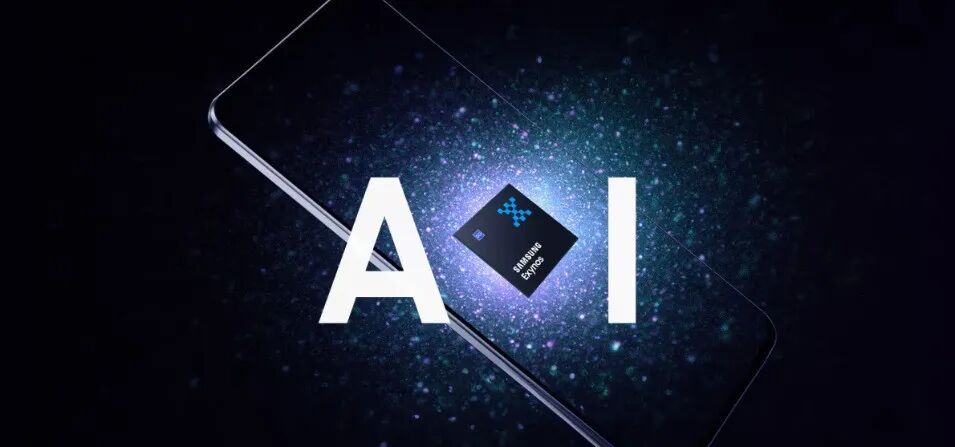
Yet, as the market hype fades, a more critical question arises:
Has edge AI become a "consensus trap," where the opportunity seems too certain, everyone talks about it, chip earnings reports repeat "On-Device AI," and brands preview "revolutionary experiences"?
Today, Silicon Rabbit discusses with its expert team three "non-consensus" issues that will determine future success beyond the consensus.

Consensus: The hardware segment is the most certain, with tangible dividends.
Qualcomm's Snapdragon 8 Gen 3 integrates the Hexagon NPU, boosting AI performance by 98%; MediaTek's Dimensity 9300 handles large models with 33 billion parameters; Apple's A17 Pro neural engine doubles in speed.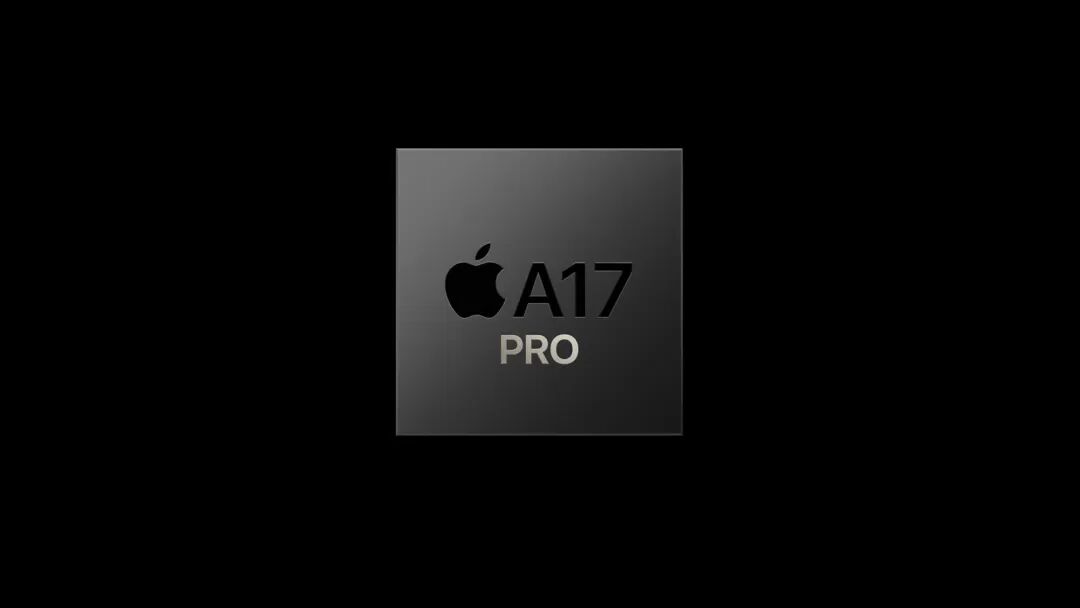
This arms race for computing power is reflected in industry chain financial reports: Rockchip and Hynix Technology's growth curves are steep and exciting.
But is this the norm?
Non-Consensus Question 1: What is the end of this "computing power competition"?
We've witnessed CPU clock speed wars in the PC era and core wars in early smartphones. History shows that when hardware performance surpasses mainstream app demands, "performance excess" emerges, hardware premiums disappear, and the industry enters a brutal stock battle.
Mobile phone NPU computing power has surged from 50 TOPS to 100 TOPS. Besides slightly faster AI photo editing, is the experience improvement for most users diminishing?
When the experience improvement curve catches up with the computing power growth curve, how long can high hardware premiums be sustained?
Non-Consensus Question 2: Who is defining "effective computing power"?
NVIDIA's success isn't due to its GPU chip but CUDA—the software ecosystem that locks in developers. The real moat isn't the TOPS number but a vibrant software ecosystem enabling low-cost, high-performance algorithms.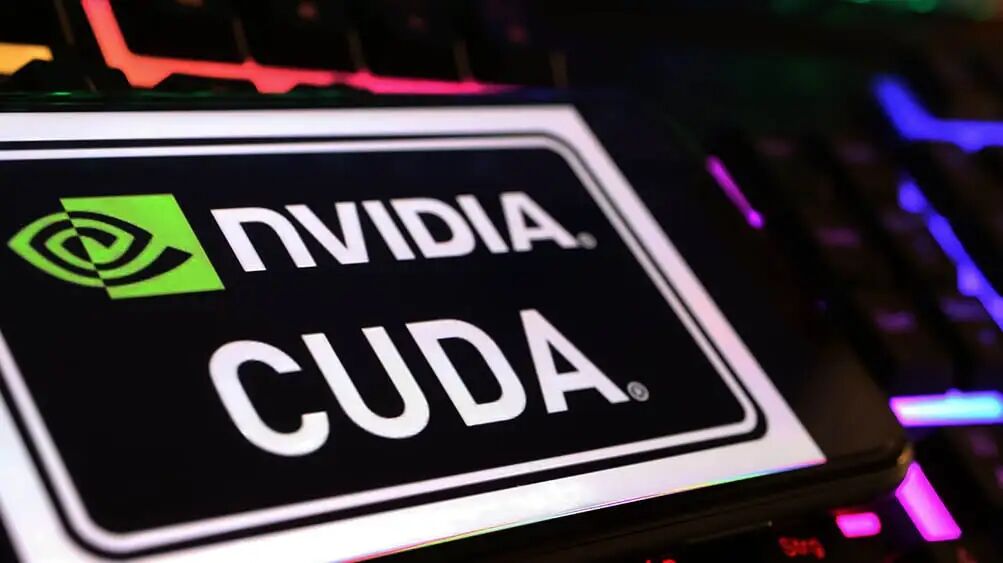
Don't forget the vast battlefield beyond mobile phones. In smart cars, vendors like Ambarella and Renesas capture the market with highly customized AI vision chips (ASICs). They optimize energy efficiency for specific scenarios, posing a threat to mobile chip vendors' "one-chip-for-multiple-uses" strategy.
The hardware war is about specifications in the first half and ecosystems in the second. While you cheer for that 20% premium, smart money considers who will dominate the future ecosystem.
Consensus: Model lightweighting technology is key to running large models on terminal devices.
Through model pruning, quantization, and knowledge distillation, a model with ten billion parameters can be compressed to one-tenth of its original size while maintaining performance. Google's Gemini Nano is in Pixel phones, and Meta's Llama 3 offers a smaller version for edge operation.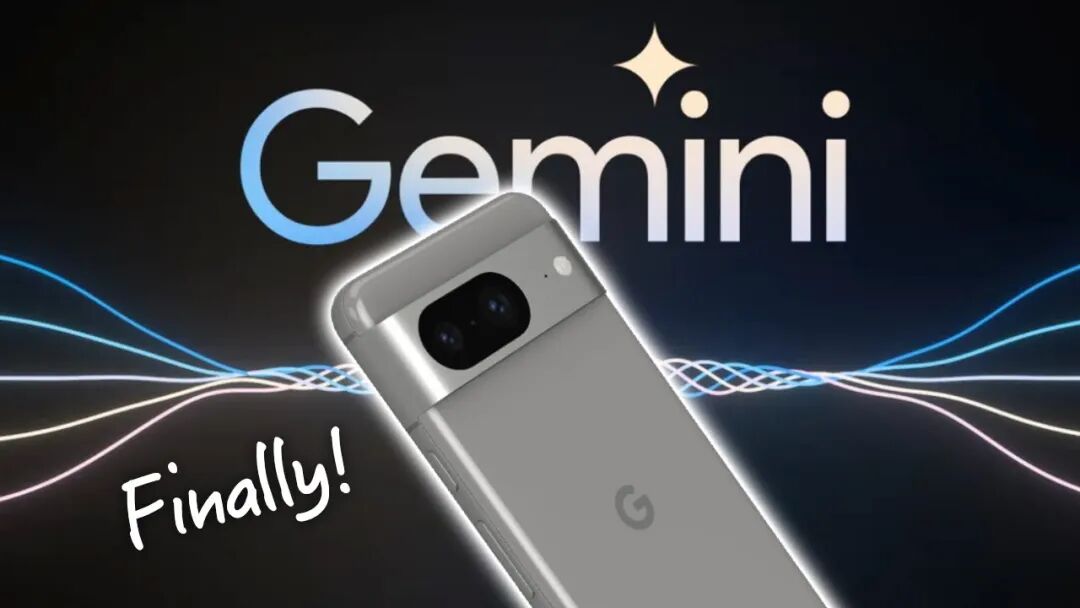
But this process is more complex than it sounds.
Overlooked Reality: Current model compression is largely a "handicraft workshop" dependent on top AI scientists' experience and intuition. This limits innovation speed and edge AI application popularization.
The industry breakthrough lies in "Automated Model Compression" (AutoML for Compression). Imagine developers uploading large models to a platform that automatically tries thousands of compression schemes, finding the optimal balance between performance and accuracy on specific hardware. This is the revolution of "industrialization."
Deep-Water Area: The debate between open-source and closed-source routes. Open-source communities like llama.cpp enable large models to run on Macs, PCs, and mobile phones, promoting technology popularization.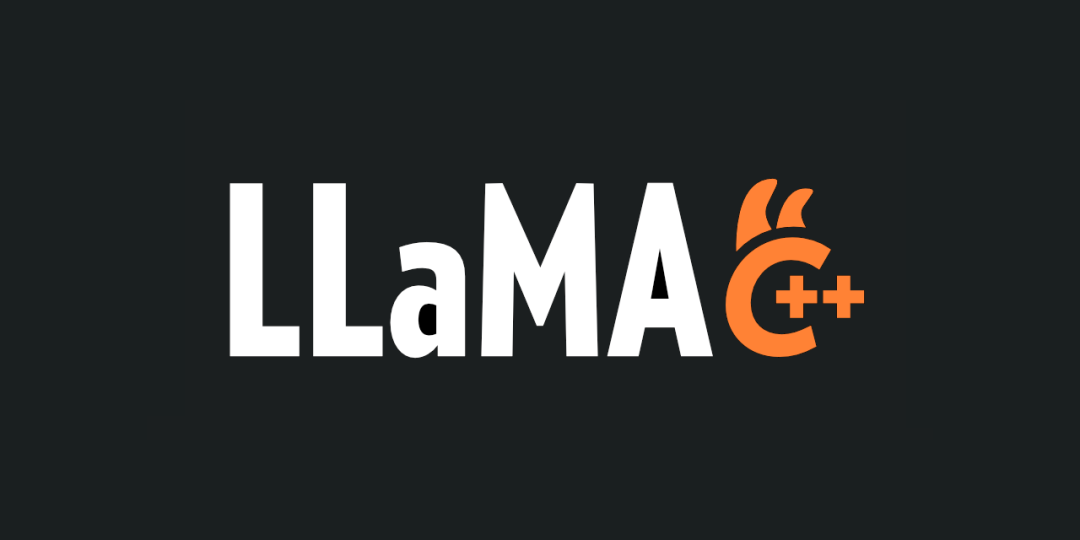
Apple and Google, however, have built optimized, closed-source models and inference engines into their OS. Will the "openness defeating closedness" of Android vs. iOS replay, or will giants rely on integrated software and hardware for ultimate experience and privacy protection?
Finally, there's the "invisible war" for data. After lightweighting, models may lose performance. How to compensate? "On-device Fine-tuning" uses personal data to improve models. But how to protect user privacy while utilizing data? Technologies like Federated Learning are anticipated, yet their maturity faces challenges.
Consensus: Mobile phones, automobiles, and IoT are the three major application scenarios with unlimited prospects.
True, but "scenario" is prone to fostering bubbles.
Trap: Stacking features "for AI's sake." Remember Humane AI Pin and Rabbit R1? Hailed as "post-smartphone era" hardware, their market response was cold.
Users pay for solutions, not cool technology concepts. AI removing bystanders or generating wallpapers on mobiles, or voice assistants in cars, are great, but not reasons to spend extra $200.
Cognitive Framework: Three evolutionary levels of "killer apps".
Level 1 - Co-pilot: Current mainstream. AI enhances existing tasks' efficiency. Value lies in "being better" rather than "being created from scratch."
Level 2 - Agent: Future trend. When AI autonomously invokes apps to complete tasks, it subverts the isolated app ecosystem and battles for OS entry points.
Level 3 - Guardian: Ultimate form of AI-personal data integration. It's proactive service, like a smartwatch sending heart rhythm warnings or a smart home adjusting to your comfort.
Trillion-Dollar Question: To whom does the value ultimately belong?
If an AI Agent completes everything, does the Agent developer (e.g., a new super App company) earn most profits? Or does the OS (Apple/Google) that provides underlying capabilities and distribution channels "collect taxes"? Will traditional apps be reduced to "pipelines" or share profits?
This will be an unprecedented "value redistribution" in technology history. Investing in edge AI means betting on the future of human-computer interaction and this value distribution pattern.
From consensus to non-consensus, we asked just three more questions. But these questions are the touchstone that distinguishes mediocrity from excellence.


